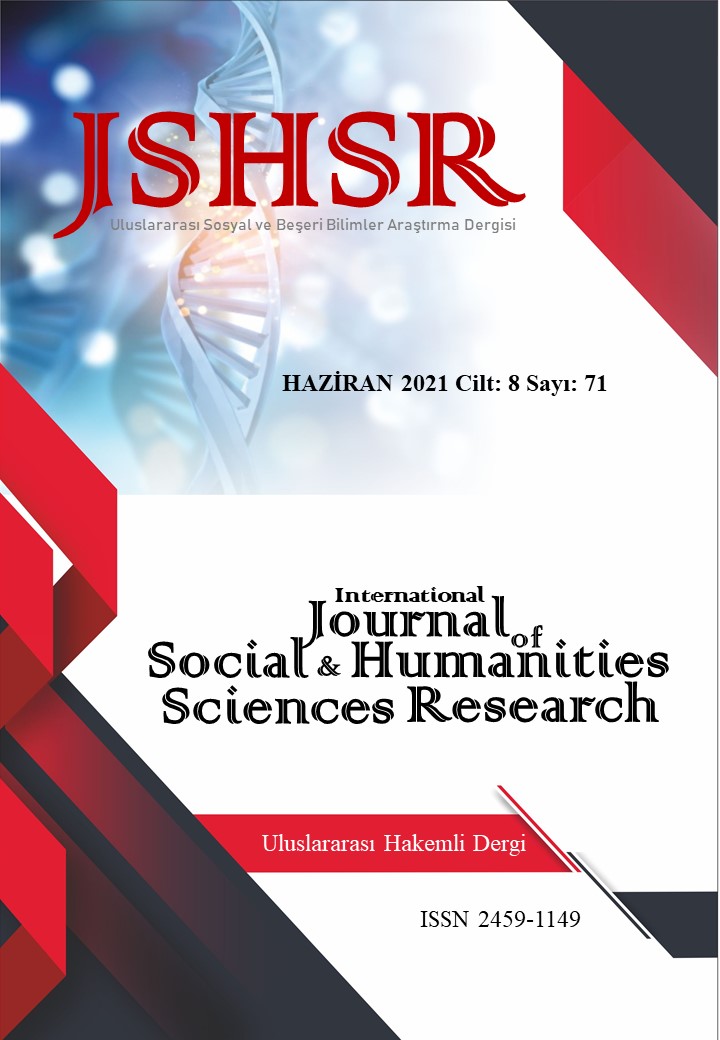AN EVALUATION ON OTTOMAN MOSQUES CONSTRUCTED IN SOFIA, PLOVDIV, AND STARA ZAGORA CITIES OF BULGARIA
DOI:
https://doi.org/10.26450/jshsr.2523Keywords:
Bulgaria, Ottoman, mosque, Early Ottoman Period, Classical Ottoman PeriodAbstract
The Ottomans have produced numerous architectural works that will show their presence and domination in their lands where they ruled for 550 years from the date they stepped into the Balkans. But; the vast majority of these works were damaged and destroyed in the process that started after the 1877-78 Ottoman-Russian War. In this study, mosques built in the Ottoman Empire's Early Period and Classical Period in Sofia, Plovdiv, and Stara Zagora, which remained under the Ottoman rule for the longest time in the Balkan lands, were investigated on site after being identified by literature and archive research. These structures were examined in terms of the period they were built, the features of the plan and facade, the materials used, the cover elements, the transition to the dome, and the features of the last congregation place. According to these examinations and determinations, an evaluation has been made on Early Period Ottoman Mosque architecture and Classical Period Ottoman Mosque architecture in Bulgaria. The aim of this study is to reveal the architectural characteristics of Ottoman Period mosques in Bulgaria, which have an important place within the borders of the Ottoman Empire. These structures were also compared with mosques built in Anatolia in the same period. From these examinations, it has been determined that mosques in Bulgaria and mosques in Anatolia show similarities both in terms of plan scheme and materials used. It has been observed that these similarities stem from the similarities of the climate and living conditions of the people in the mentioned regions, as well as the central authority handling the activities of the public works in the Ottoman Empire.
Downloads
Published
How to Cite
Issue
Section
License
Copyright (c) 2021 INTERNATIONAL JOURNAL OF SOCIAL HUMANITIES SCIENCES RESEARCH

This work is licensed under a Creative Commons Attribution 4.0 International License.


